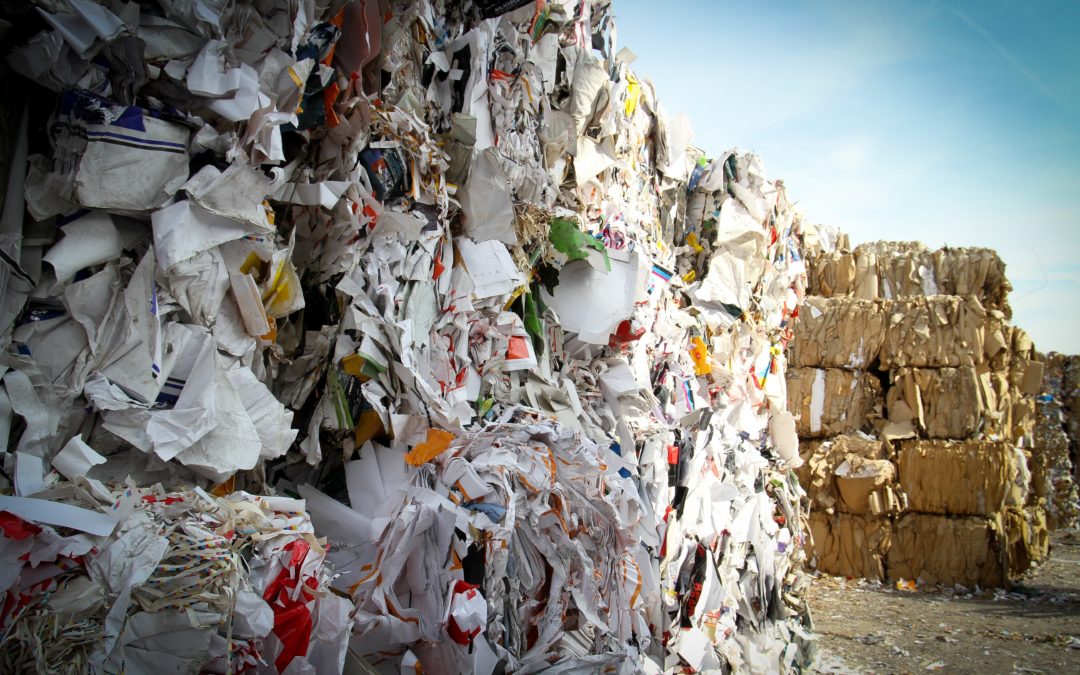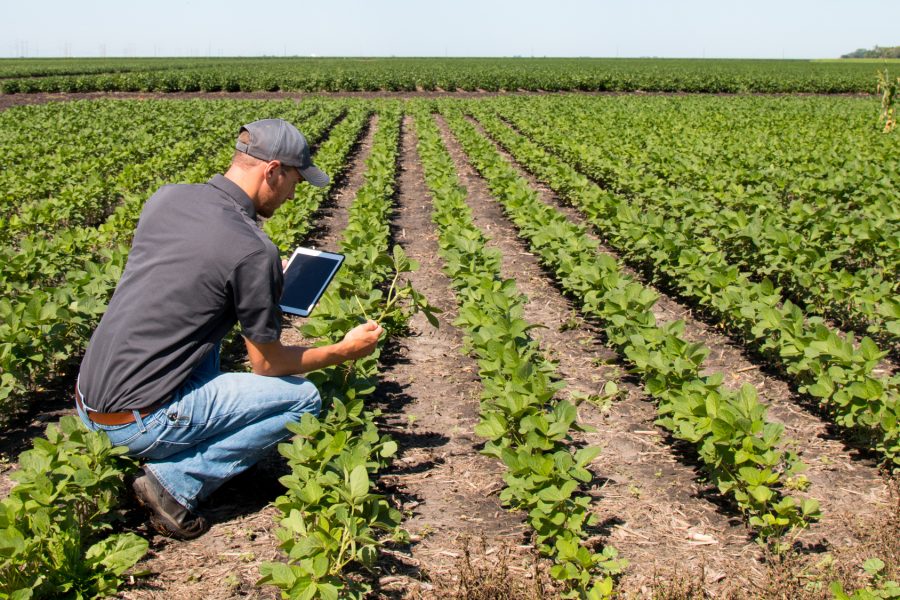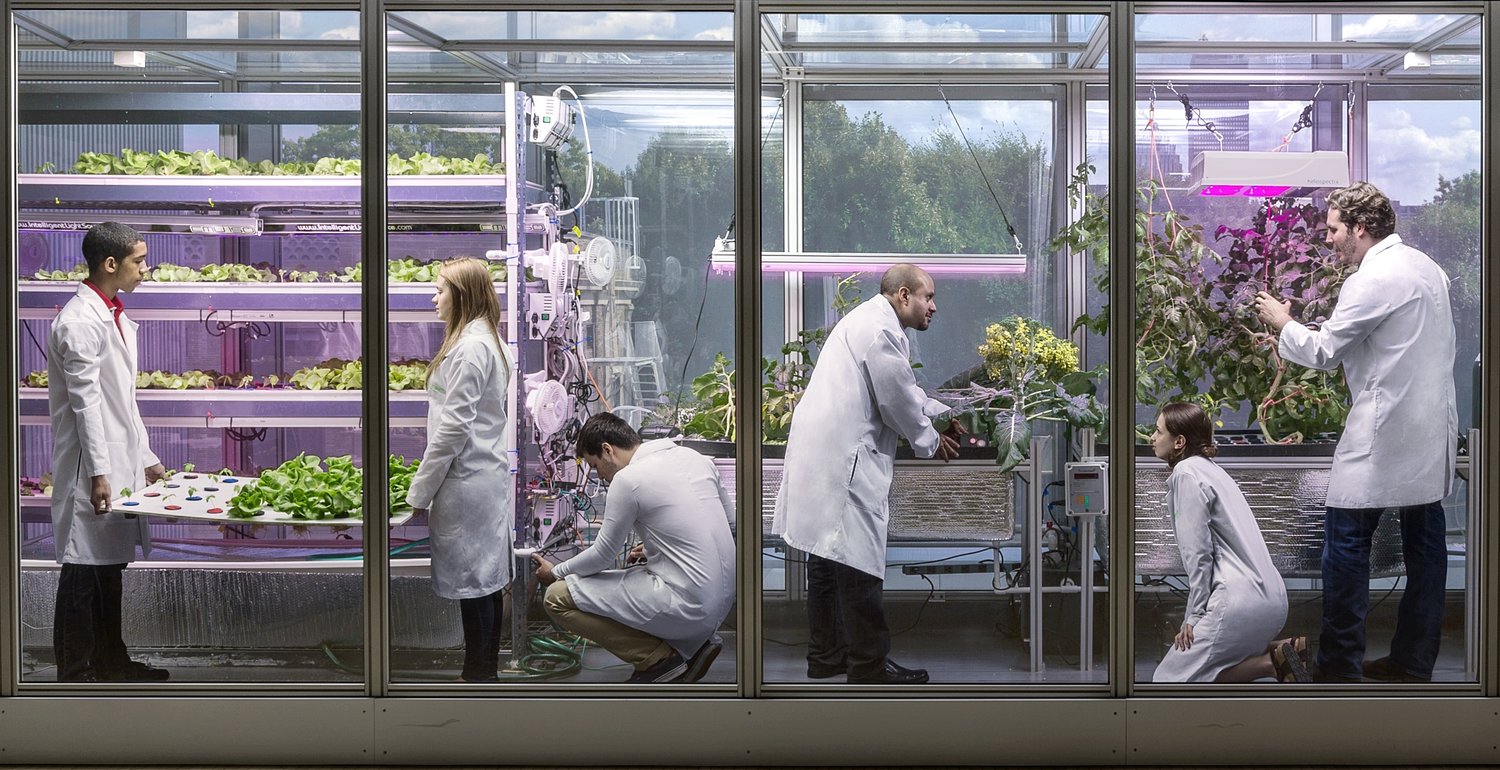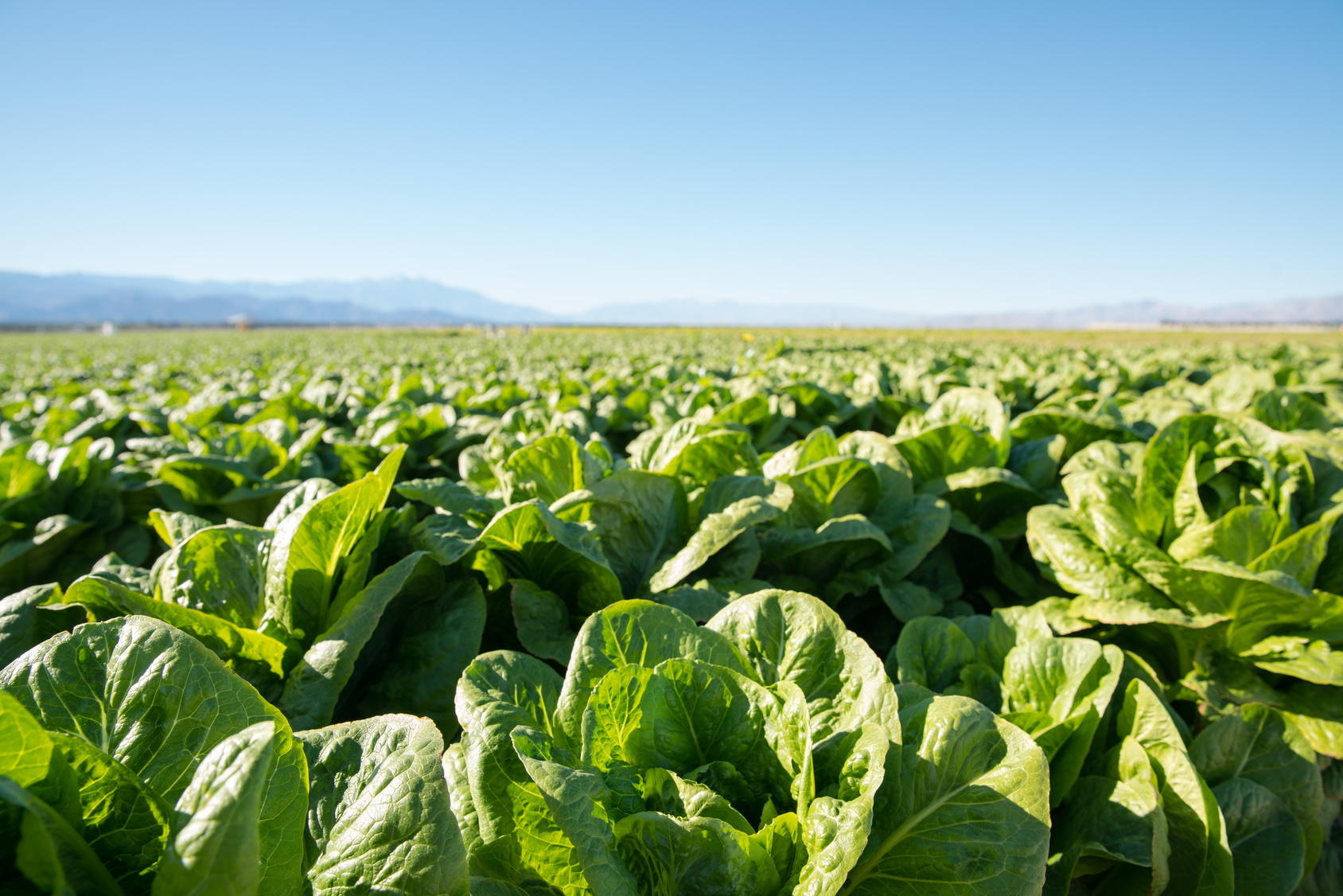What if the waste products we throw away every day could do more for us? What if it were possible to take organic waste, such as food scraps, and recycle it into fuel and fertilizer? We recently sat down with Dan Spracklin, CEO of SoMax Bioenergy, a company that is doing just that, using organic waste as a resource for sustainable development and resilient waste management.
iSelect: What is Somax?
Dan Spracklin: Somax is a carbon engineering startup that developed out of five years of research and development at Villanova University’s School of Sustainable Engineering, a master’s level program that trains engineers from all disciplines to find sustainable solutions for real world problems. The program partners with industry players to find solutions for problems that companies have around packaging, waste, energy consumption, and things of that nature.
Our focus is really on recycling organic material, specifically organic waste. We are looking to implement our technology in three verticals: wastewater at wastewater treatment plants in municipalities, food waste in large urban areas, and organic waste in the agriculture sector. Basically, we are taking a linear food system and starting at the end— taking what wasn’t absorbed— and making clean energy or putting it back into the agricultural process as fertilizer.
Can you describe how the technology works?
DS: We offer a suite of technologies, but our core technology is called hydrothermal carbonization. The easiest way to think about it is to imagine an industrial sized pressure cooker. Basically, we apply heat and pressure in a wet environment.
Traditionally, this is very energy intensive because organic waste is wet and so you must dry it out, then perform your process, and then dry it out again. Our technology eliminates the drying step. In our process, by heating wet biomass and putting it under pressure, we keep the water in what’s called the sub-critical phase, which means that the water is not converting to steam, but rather staying in the liquid phase. This allows us to use that water as a catalyst to break up larger molecules.
For example, we break carbohydrates down into their base constituent components of carbon and hydrogen, and then recombine those into a solid fuel product.
It’s a lot of complex chemistry including about six chemical reactions that occur simultaneously. But, basically, all that we’re doing is breaking up larger molecules, separating out carbon, hydrogen, nitrogen, oxygen, and phosphorous, and allowing these elements to reconstitute into new materials. For example, we take a loaf of bread or old vegetables or the scrapings off of a plate and break them down to return the nitrogen and the phosphorus back to the farmland and create a solid fuel product out of the carbon and hydrogen.
Essentially, we’re making coal in the same way that fossil fuels were created. You had an organic material, such as flower and fauna, that died and became covered by soil. Add pressure and fast forward 250 million years, and you have coal. We’re able to create a similar process by using chemical chemistry and mechanical pressures, accomplishing the same thing in two hours rather than 250 million years. Another way to explain it is to think about the Haber-Bosch process, which takes a methane and cracks it, making a synthetic nitrogen. Well, this takes nitrogen that already exists and recycles it.
Can you describe the environmental impact?
DS: There’s an enormous environmental savings. Food waste is a ubiquitous problem across the U.S. In urban areas there are 2.3 billion tons of organic waste, including food waste and bio solids. If we can apply our technologies to waste in large metro areas like Philadelphia, Boston, Dallas, Houston, St. Louis, Denver, and any major metropolitan city in California, and also scale it to smaller areas like Cedar Rapids, it would have an enormous impact of reducing billions of tons of carbon dioxide emissions. There is a roughly 140% carbon reduction in the process, meaning we can act as an enormous carbon sink across the US with waste material that is a byproduct of all human activity that will never be eliminated.
Is there a cost savings associated with it?
DS: Yes. Our fertilizers are less expensive or competitive with organic fertilizers. However, we’re still working with the regulatory agencies to determine whether our fertilizer can technically be considered as organic.
For example, we also have a vertical farm here, but that produce—even though we don’t use herbicides or pesticides—can’t be qualified as organic because it’s not grown in soil. So that technically means that we can’t sell our produce as organic even though we use no chemicals. This is frustrating when you consider traditional organic farms still use organic pesticides and herbicides. Logic tends to say that our product is coming from organic sources, so it should be organic. But it remains to be seen if we can be categorized as that.
Do you see this technology as a solution to food waste?
DS: Yes. There are currently two ways of tackling food waste, but the first isn’t big enough and the second is too time consuming and inefficient.
The first is to reduce food waste by changing date labels, changing packaging. While that’s great, we’ll never achieve zero waste that way.
The second is through composting or anaerobic digestion. Composting, however, takes 12 weeks, requires hundreds of acres of land, and, it only has a carbon efficiency of about 10%, meaning that most of the carbon that’s in that feedstock isn’t going to make compost, leaving 90% of carbon to become CO2 or methane. Anaerobic digestion is slightly better. It takes anywhere from 15 to 30 days, requires a tens of acres of land and has about a 50% conversion carbon efficiency. But still, that means 50% of that carbon is going out in the atmosphere.
Our process for food waste takes a total of two hours, or at most 4 hours for things that are more ligand-based, such as agricultural waste. It’s about 30 minutes for manures and biosolids. More importantly, our technology is based on the size of a shipping container requiring a minimal footprint and we have a 90% carbon efficiency, meaning we’re capturing 90% of carbon and turning it into a solid fuel that is nearly identical to coal from an energy perspective, but without the heavy metals and other toxic components of traditional coal. Our product can be combusted in traditional coal plants with only carbon neutral emissions, meaning it doesn’t add carbon dioxide to the atmosphere.
For example, for a project that we’re doing in a local municipality’s wastewater treatment plant, our second phase converts all waste material within the municipality into energy to run the entire treatment plant, with enough excess energy to power all the local government offices, streetlights, police stations, fire stations. The municipality can now run on 100% renewable energy from their own waste, which was something that they were paying to dispose of as recently as last year. This 100% renewable energy significantly reduces their carbon dioxide emissions as it replaces fossil fuels. Additionally, they do not need to invest in energy storage as they would if they achieved this goal with solar or wind as we are not an intermittent energy source, we are able to supply energy 24 hours a day regardless of the weather.
Where are you all heading in the next year or so?
DS: We’re in the proving ground now. In the next year, we’ll have our demonstration facility that will be at full scale, which will give us important data. Then we’re planning for mass expansion over the next five years, continuing to focus on and expand our model.
We have a couple of new projects that are in the pipeline working with some big names in different industries. For example, we’re dealing with a number one player in the waste management industry that’s looking to implement our technology in their landfills. They are very interested because they take in 6% of the biosolids and 40% organic waste created in the US at their landfills which causes issues with water quality from leachate and air quality from methane and oxide emissions. This comes from material that doesn’t need to be in the landfill. When our technology is implemented on-site, it will add capacity to their existing landfills by converting this material into new fuels and products that can be recycled back into the markets, rather than taking up space in the landfill.
We have another project in a more urban environment working with a fortune 50 company to take their food waste, convert it through our process, and then utilize all of the energy to grow produce and sell it back to them, creating a closed loop food system. That’s a huge savings if you consider that here in Philadelphia, most of our produce, specifically lettuce, comes from California. That’s a 6,000 mile round trip. With our technology, we can change that supply chain distance to 60 feet or 600 feet. This will have a significant environmental impact.
The third opportunity that we’re working on right now is with a combination dairy and poultry farm. We are taking all of their material, specifically cow manure and poultry litter, and converting it into energy to power not only the feed mill, but also another industrial plant that’s nearby with renewable energy created from their organic waste.
We’re basically taking our base technology in a number of different directions, applying it in the agricultural sector as well as urban settings. It’s all the same technology that we configure to meet the unique needs of our diverse customers.
During 2019, iSelect, The VanTrump Report and The Yield Lab Institute are sponsoring a series of weekly webinars featuring the best in agriculture innovation. Agrifood Conversations is all about driving innovation and each month will highlight a specific theme, from biologicals to vertical farms, featuring new and exciting companies at the forefront of the industry. Learn more at AgrifoodConversations.com.






